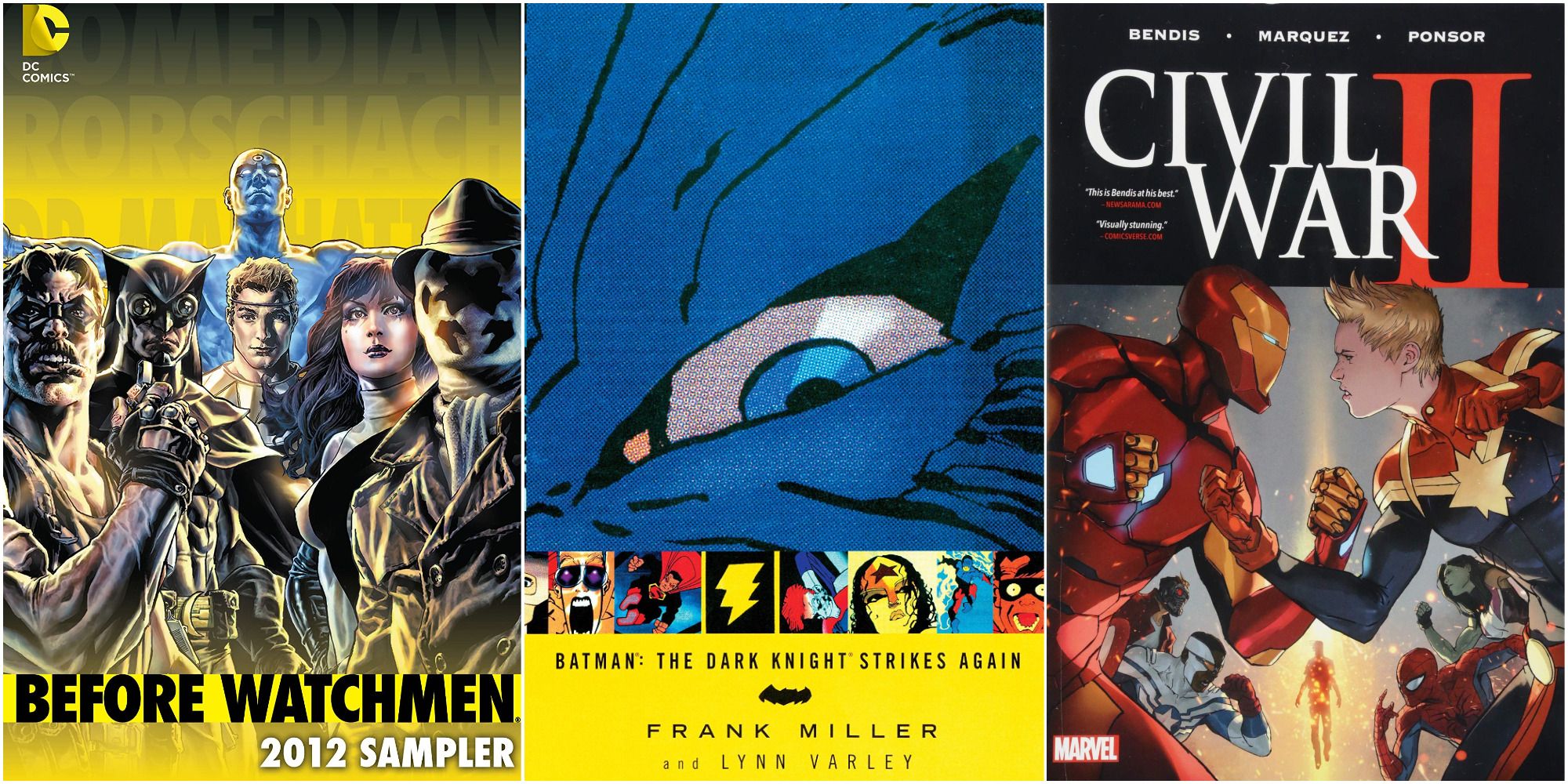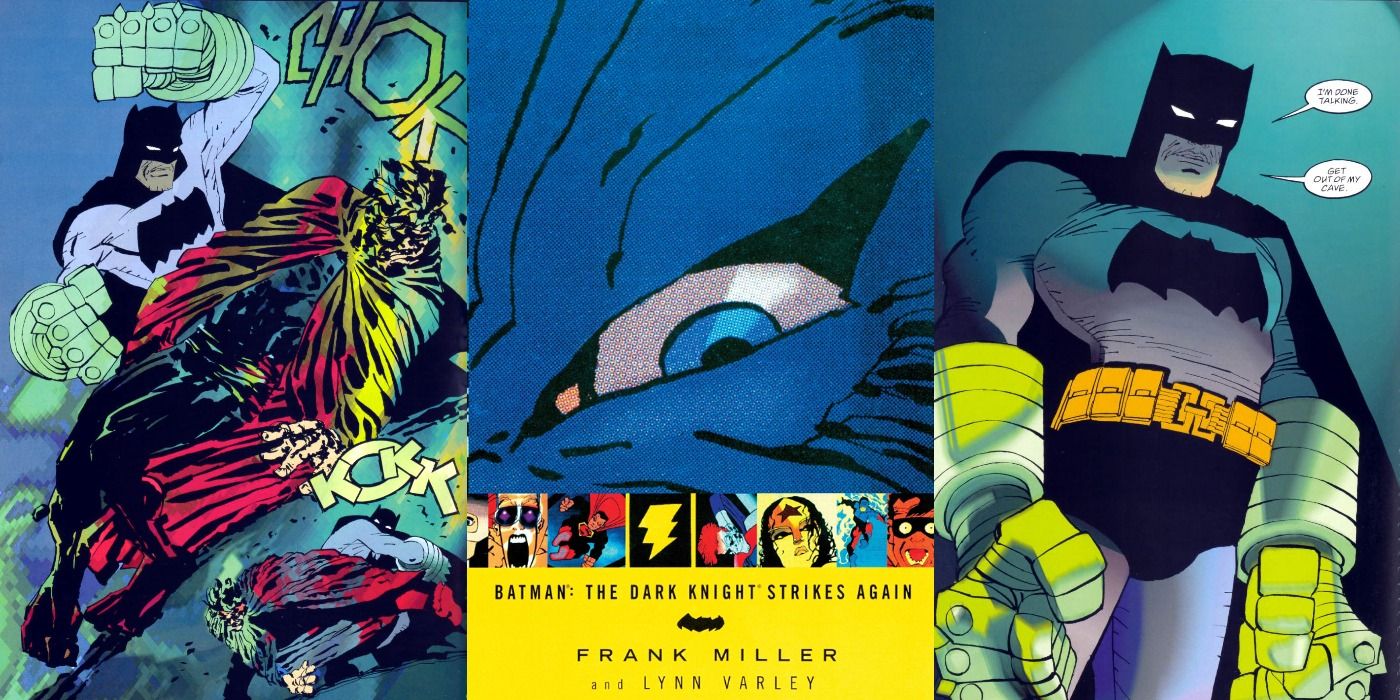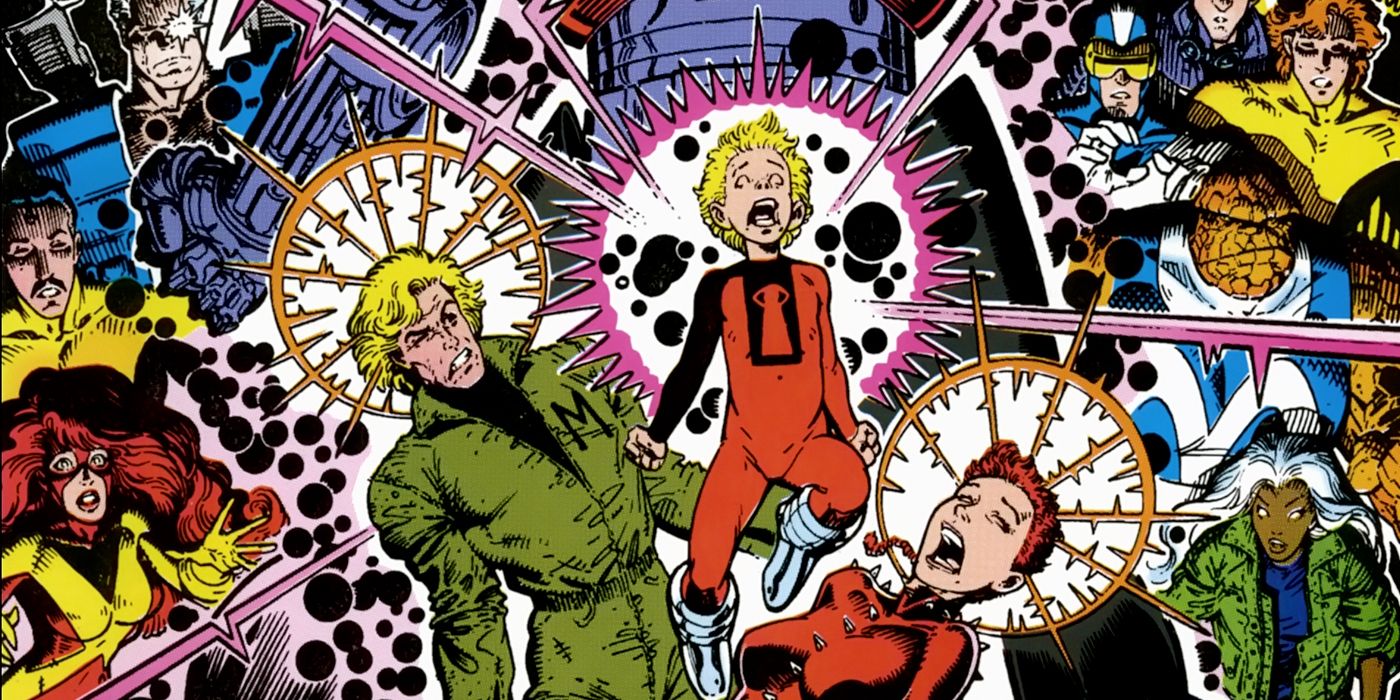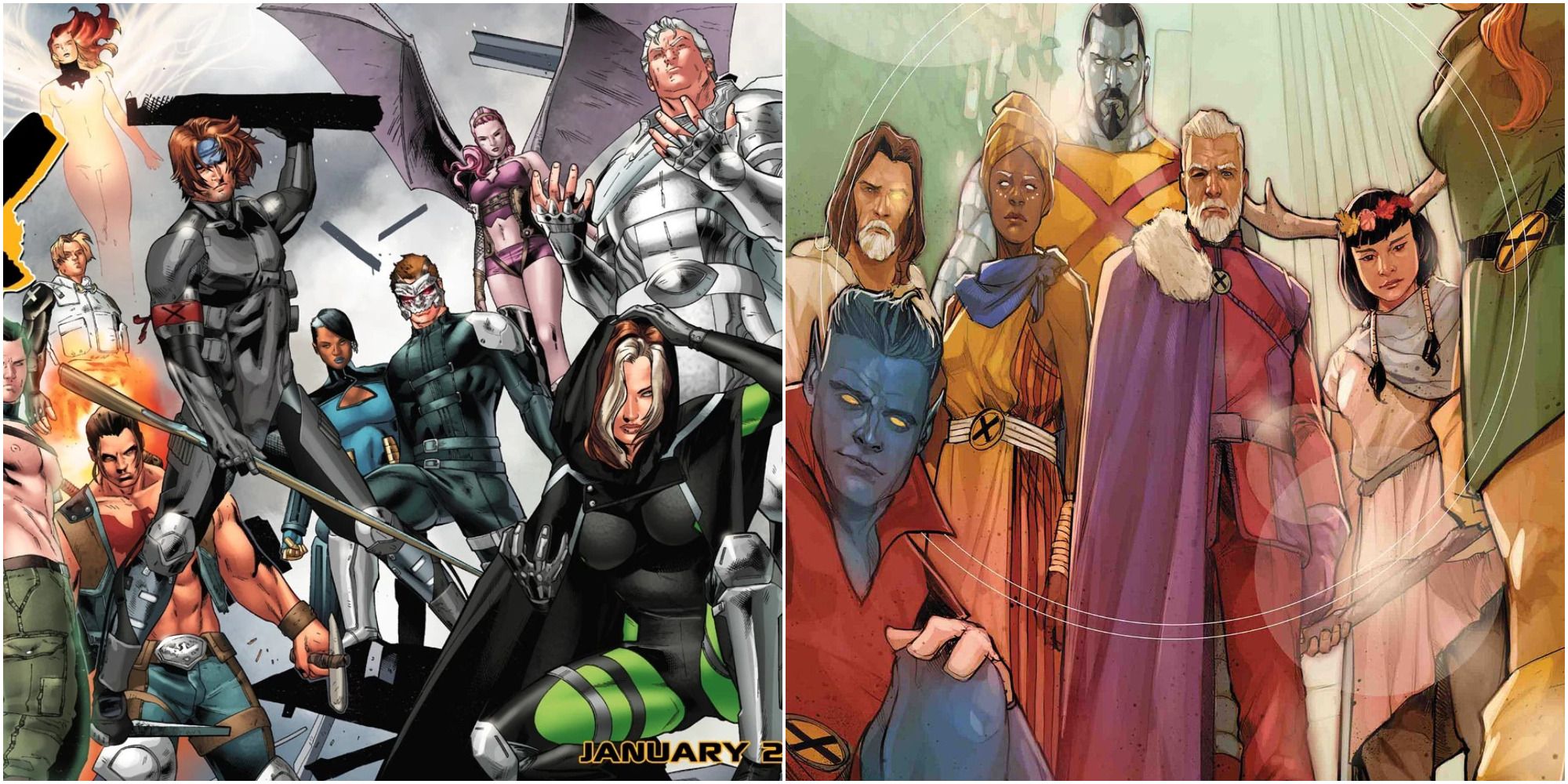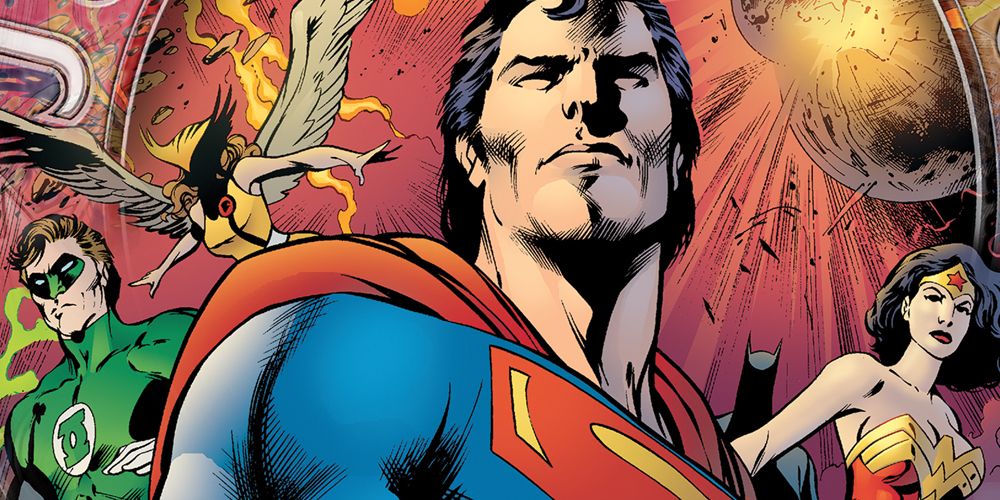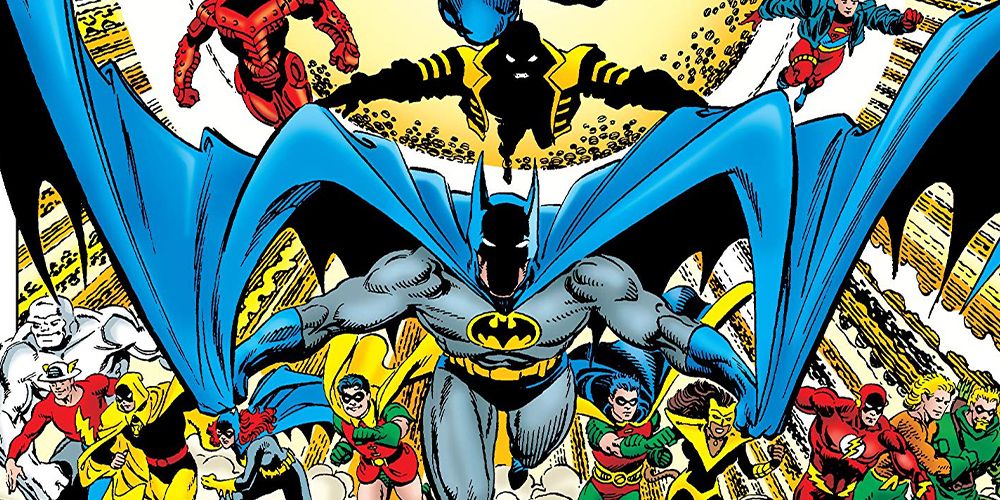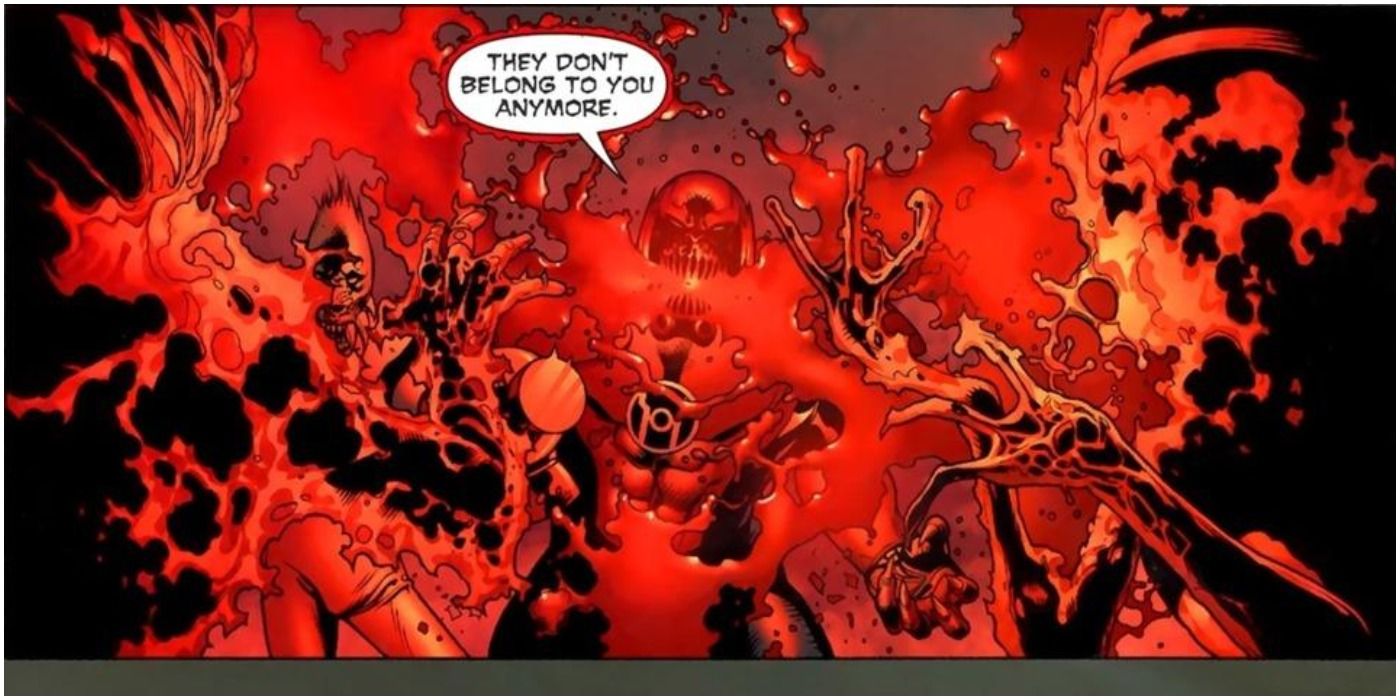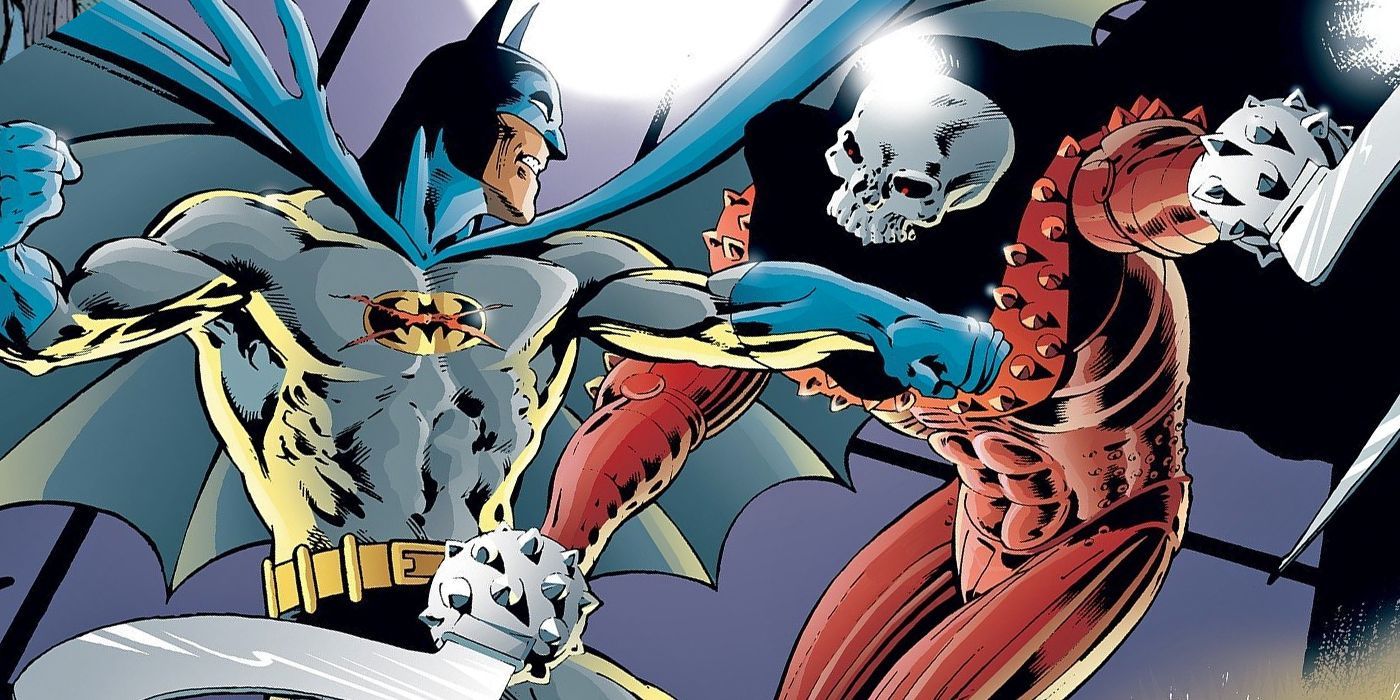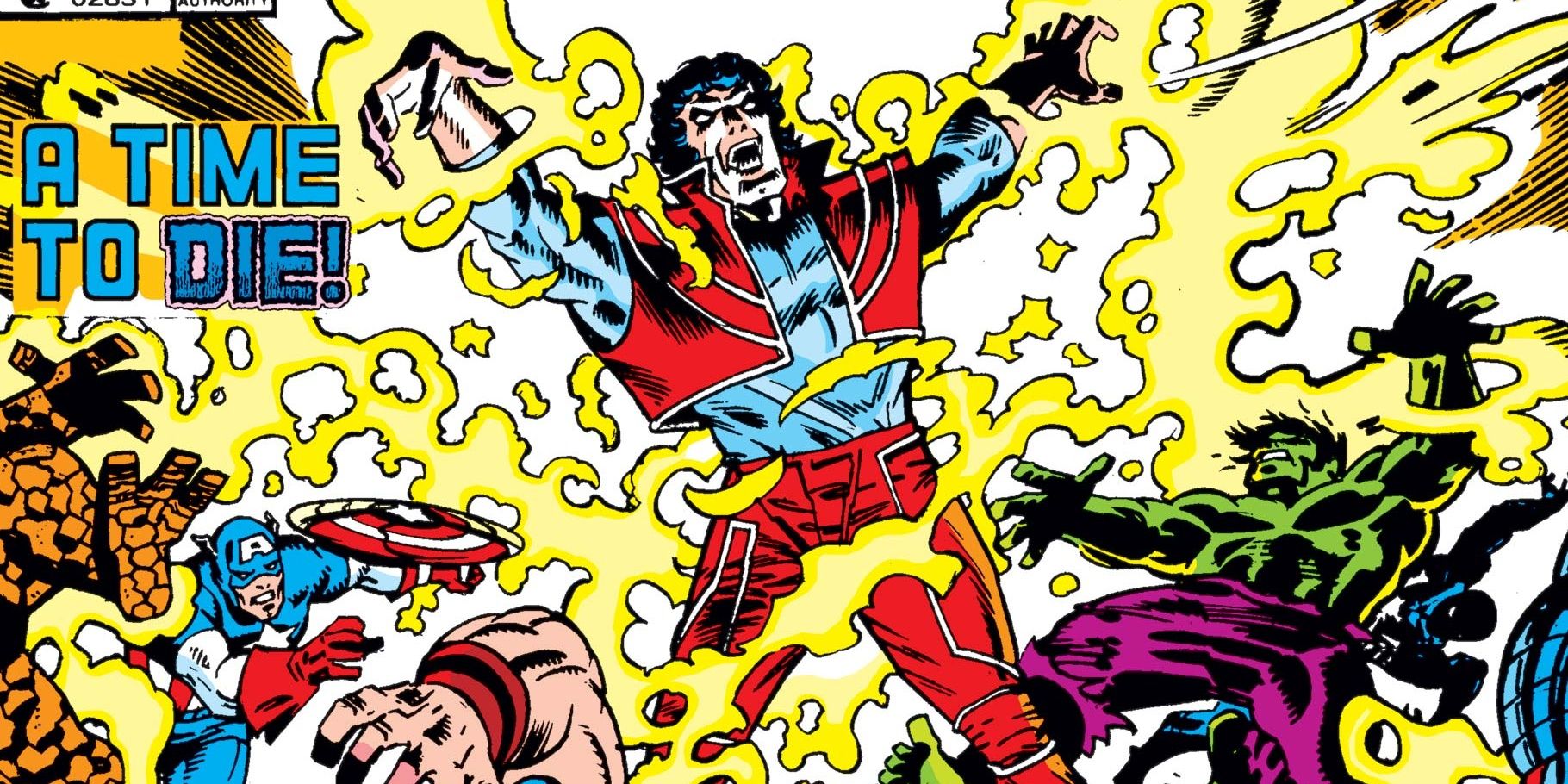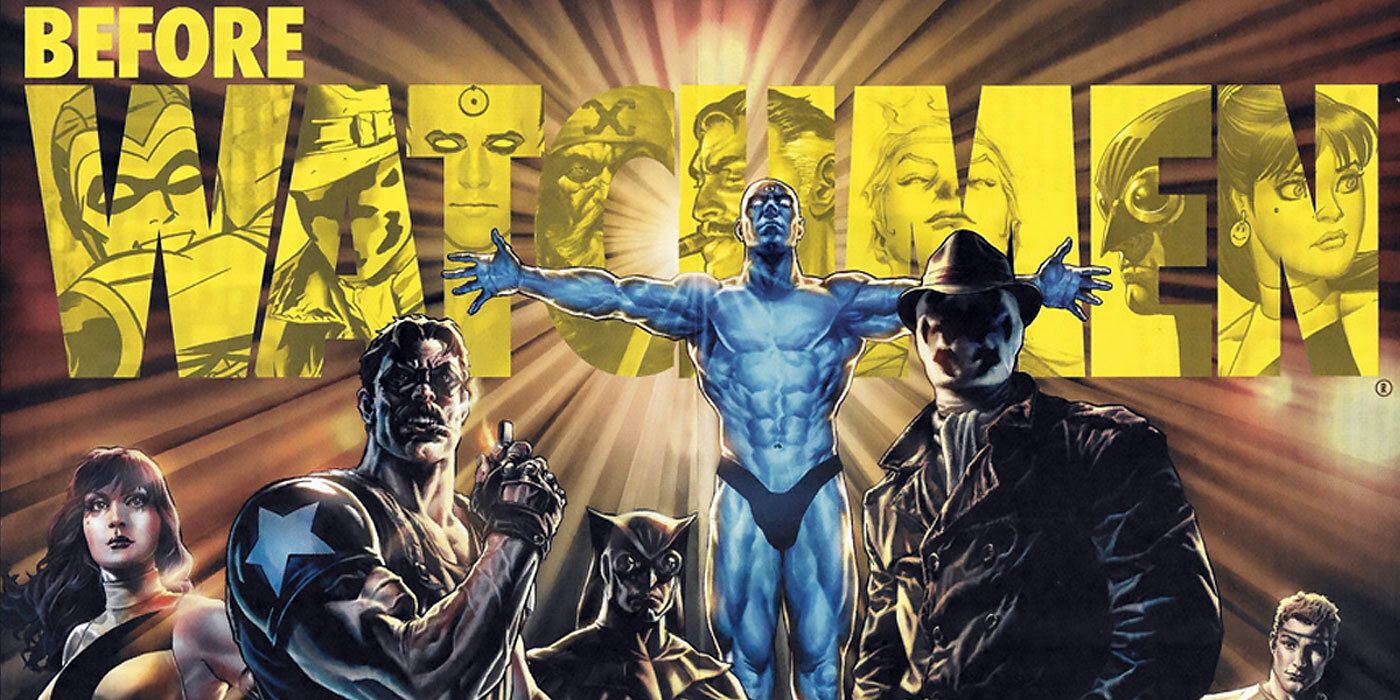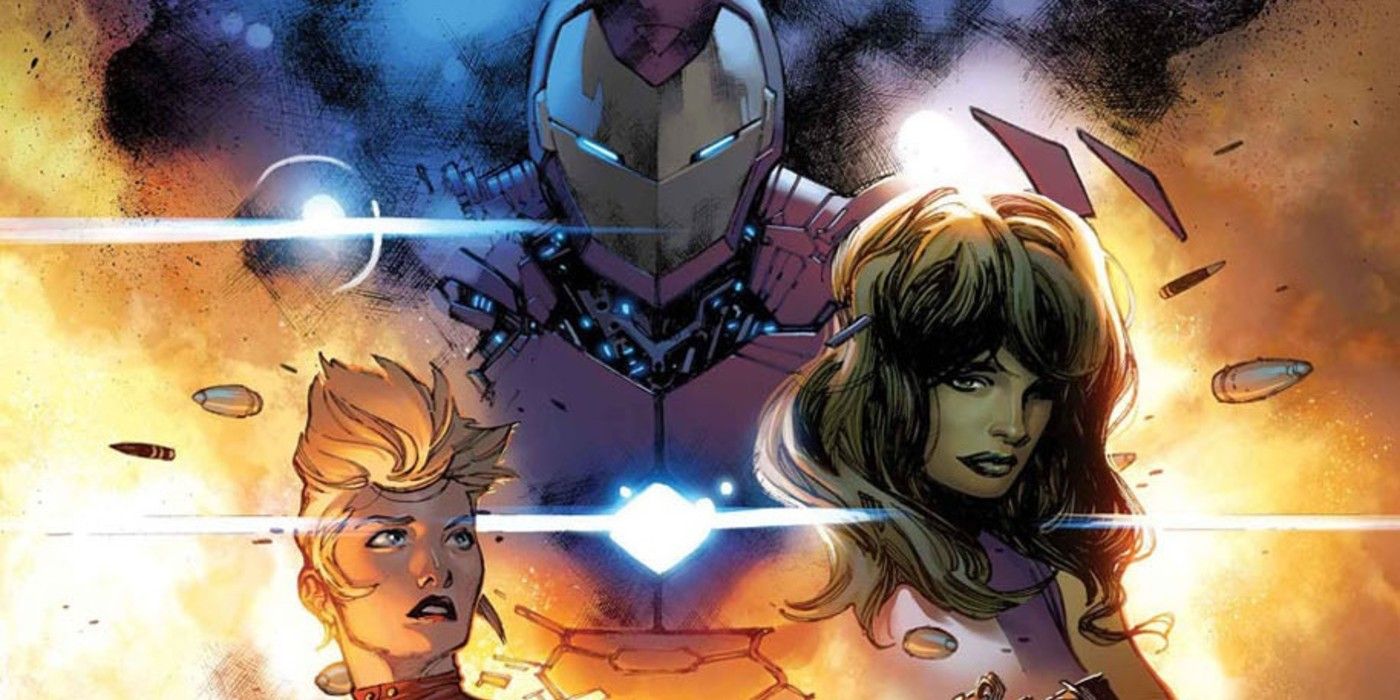The old saying goes lightning doesn't strike the same place twice and that's something that has been painfully illustrated over the years in comics. Entertainment companies love sequels- they use a familiar name and brand to lure fans back and are often looked at as guaranteed moneymakers. However, that doesn't always work out, as sometimes the sequels just can't hold up to what came before them.
Over the years, comics publishers have tried to get lightning to strike twice and have had some rather large missteps. For whatever reason, some sequels are just plain disappointing, both for long time fans and the bean counters in the accounting department.
10 The Dark Knight Strikes Again
When it was announced that Frank Miller would be putting out a sequel to The Dark Knight Returns, fans were in a tizzy. DKR is widely recognized as one of the greatest comics of all time and Miller was still riding high after putting out creator-owned books like Sin City and 300. What fans got, though, wasn't what they were expecting.
Broadening the story to the DC Universe in general, the whole thing felt rather watered down and was just generally disappointing. It made fans realize that maybe DKR didn't need a sequel and well enough should have been left alone.
9 Days Of Future Present
"Days Of Future Past" is often regarded as one of the most influential and best X-Men comics of all time. It brought a lot of fun stuff that creators would play with in the years to come and is more substantial than most people could believe a two-issue story could be. In 1990, Marvel decided to revisit the classic story in the annuals of X-Men books and it wasn't great.
Largely forgotten, it has some cool moments, like Jean Grey meeting alternate future daughter Rachel Summers for the first time while also fleshing out Rachel's origin and introducing Ahab, but, all in all, is nowhere near as great as its predecessor. It's so obscure that it's never even been reprinted, which is a rarity in today's comic industry.
8 Age Of X/Age Of X-Man
Age Of Apocalypse is a highlight of '90s X-Men stories, a perennial fan favorite that has aged like fine wine. Putting the X-Men into a dystopian world where they are the last bastion against an all conquering Apocalypse worked amazingly well and Marvel got the idea that maybe putting the X-Men into alternate realities would always pay dividends. Spoiler warning- it did not.
While not direct sequels (AoA's direct sequels are actually really good), Age Of X/Age Of X-Man were spiritual sequels to the seminal story and pretty much failed completely. Neither made any lasting mark on the franchise and it's for the best they are both forgotten.
7 JLA: Another Nail
JLA: The Nail, by writer/artist Alan Davis, was an Elsewhere tale that took readers into a DC Universe where the Kents got a nail in their tire on the day they were supposed to find baby Kal-El and how this little event changed everything. One of the best Justice League stories of the '90s, fans were excited when a sequel was introduced.
However, what they got wasn't nearly as great as its precursor. It wasn't a terrible story but it felt sort of aimless and while Davis's art was top-notch, there was a feeling he bit off more than he could chew with this story.
6 Zero Hour: Crisis In Time
Crisis On Infinite Earths has rightfully gone down as one of the best event books of all time and in 1995, DC decided that it was time for a sequel. They pegged writer/artist Dan Jurgens, one of the masterminds behind the Superman comics in the '90s, for the series and promised it would be just as big as its ancestor.
It was not. Instead of a multiversal crisis, it was one in time and it just didn't resonate well. It did introduce villains like Extant and saw the return of Hal Jordan as Parallax but other than that it didn't at all live up to the greatness of CoIE and is pretty skippable when it comes down to it.
5 Green Lantern: Rage Of The Red Lanterns
Geoff Johns' time on Green Lantern is one of the brightest spots of his career and it's hard to argue that one of the run's crowning achievements was The Sinestro Corps War. Considered to be one of the best Green Lantern stories of all time, it started the build-up to the War of Light that Johns had teased toward the end of it.
The direct follow-up to it, Rage Of The Red Lanterns, introduced the Red Lantern Corps as they tried to take their revenge on Sinestro but all in all just couldn't stand up to the hype of its illustrious antecedent. While it introduced an important element to the mythos and was the next step, it was kind of a letdown.
4 Batman: Year Two
Batman: Year Two, by writer Mike W. Barr and artists Alan Davis and Todd McFarlane, had some huge shoes to fill. Acting as a sequel to Frank Miller and David Mazzucchelli's seminal classic Batman: Year One, it set out to tell the tale of Batman's second year in the cowl and saw him clash with another vigilante, the more violent Reaper, as well as giving him a new love interest.
The sad thing about Batman: Year Two is that it's not a bad story at all; rather it follows in the massive footsteps of one of the best Batman stories of all time and is largely overshadowed and forgotten. The art and writing are pretty great but it just can't compete with Year One.
3 Secret Wars II
Secret Wars was Marvel's second attempt at a big crossover event and is a classic. It introduced the mysterious Beyonder, who would pit the heroes against the villains in a clash for the ages. The book was very successful and caused Marvel to begin planning a sequel, one that would never live up to the greatness of the original.
Focusing more on the Beyonder as he tried to understand humanity, the book felt sort of aimless and was nothing like what came before. The Beyonder just wasn't a great point of view character, especially since he was the villain of the piece. It was ambitious but not really worth the time or effort.
2 Before Watchmen
Although it was technically a prequel, Before Watchmen was the first Watchmen content that fans had gotten in almost thirty years and was pretty much widely derided. While DC got some of the greatest creators of the modern-day on the books, most critics and fans thought the whole thing was uncalled for, especially considering Moore's vocal disdain for DC's treatment of him and the ownership of the property.
Before Watchmen didn't add much to the original work and actually actively ruined some things from it, like the relationship between the Comedian and JFK. While it wasn't all bad, enough of it was either bad or forgettable enough to muddy the waters and make it immensely disappointing.
1 Civil War II
Civil War was a massive success for Marvel, a sales juggernaut that also set the tone of the Marvel Universe for years afterward. When the comic was adapted to the MCU in Captain America: Civil War, Marvel decided that it would be a perfect time for a sequel and put out this basically lifeless cash grab by writer Brian Michael Bendis and artist David Marquez.
While the art was amazing, the story itself, dealing with a future seeing Inhuman starting a conflict between the heroes, was just bland and uninspired, ripping off Philip K. Dick's Minority Report and watering down everything that made the original book so great. Marvel was quite cash grab-y in the mid-'10s and this book is the height of that- a forgettable story meant just to separate readers from their money with no weight to it.

